The Artist’s Workshop
After some revealing conversations with a few local artists, architecture and design writer Christie Wells explores the intimate connections between artists' creative work and the spaces which shelter them.
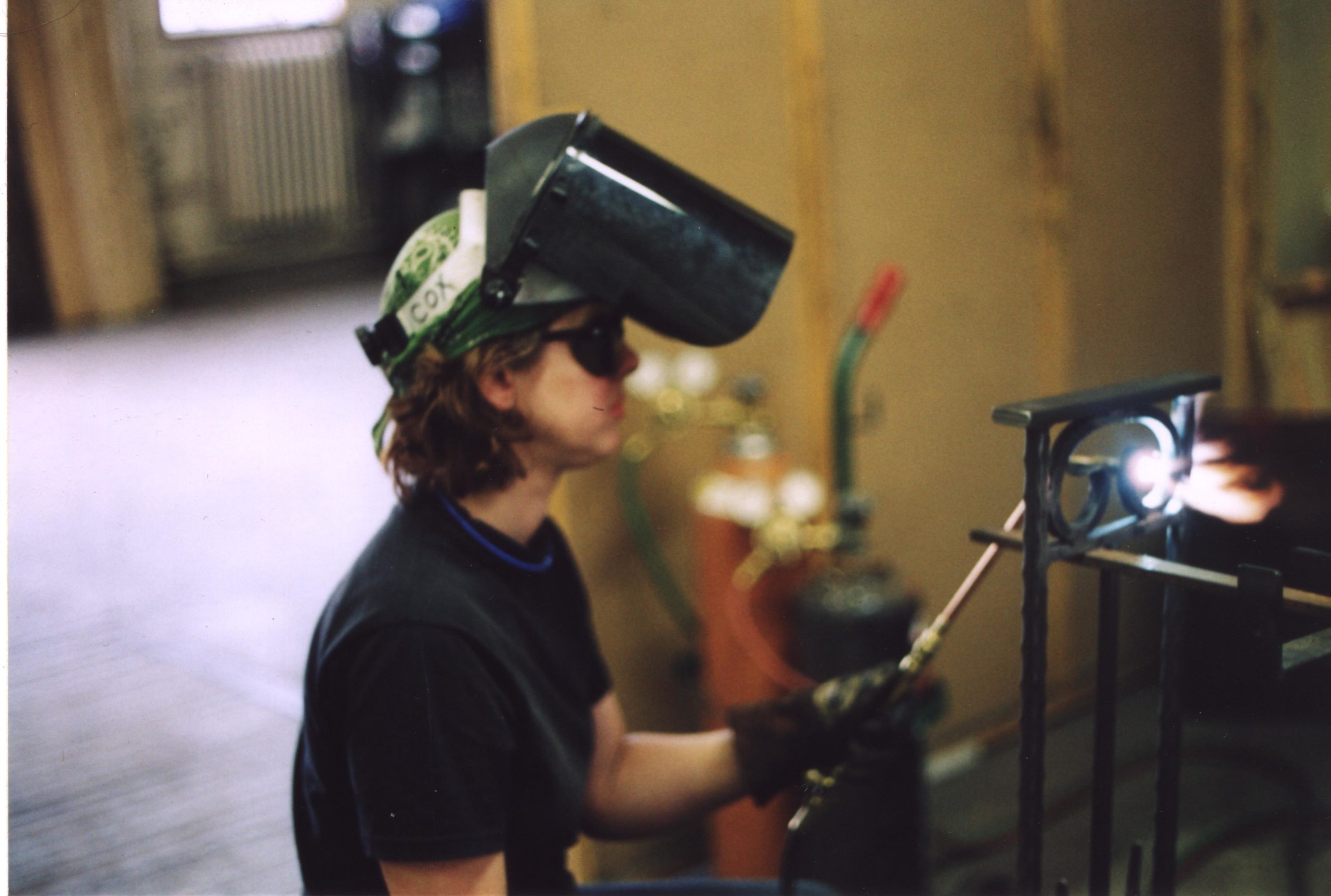
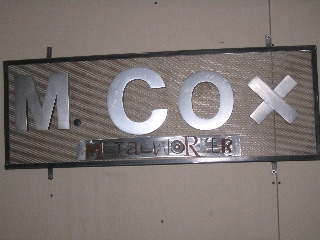
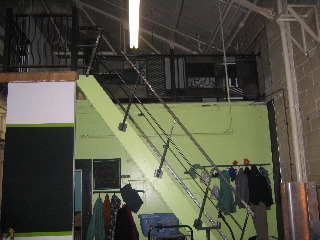
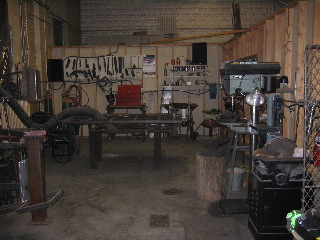
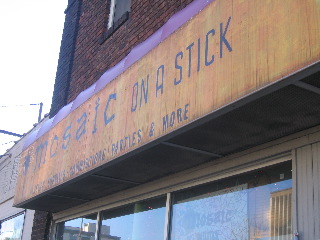
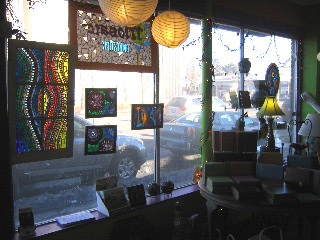
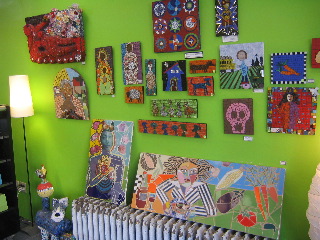
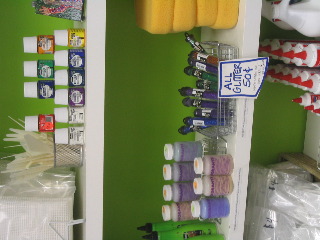
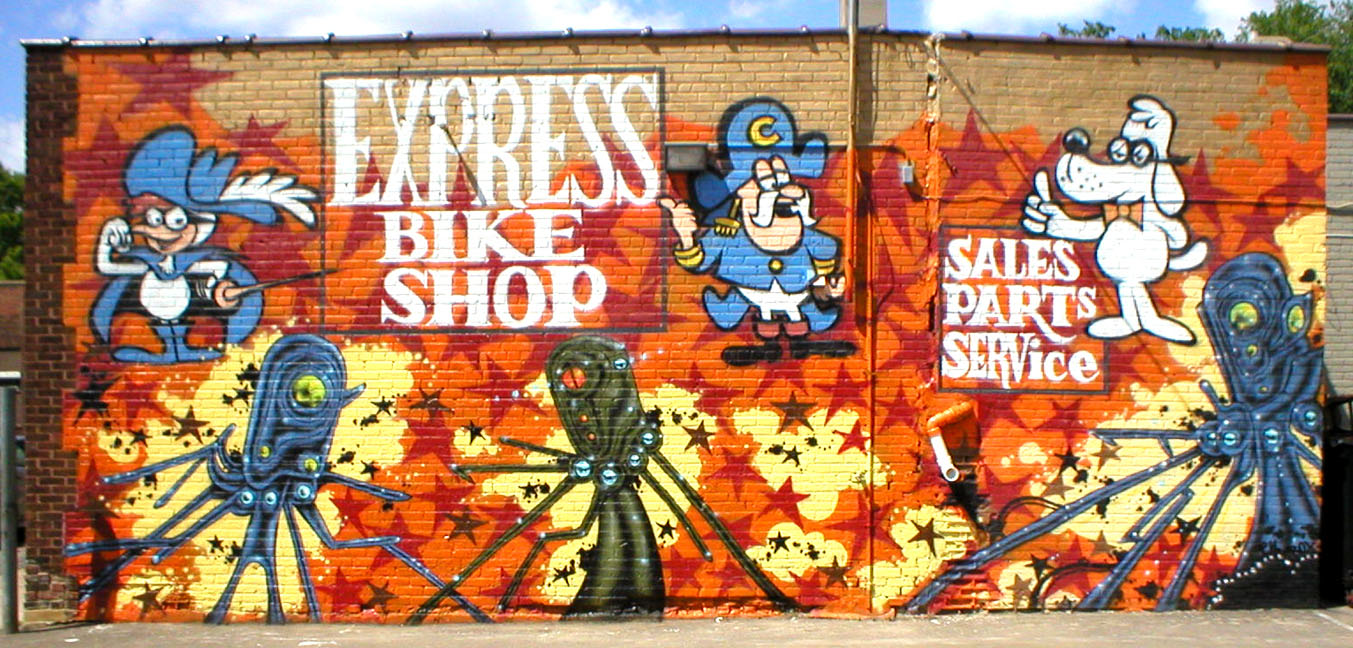
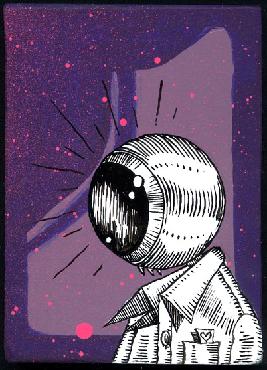

EVIDENCE OF THE MARRIAGE OF ART AND ARCHITECTURE is all around us. In the Twin Cities, alone, such public art abounds, from the murals and sculpture adorning the state capital to the mosaic work found at the light rail stops along Hiawatha. These gracious artistic touches can elevate even the most pedestrian space into something special—if you don’t believe it check out the sculpted marble urinal at Stasiu’s bar in Northeast or contemplate the WPA mural at the armory-turned-parking-garage in downtown Minneapolis. Art enhances architecture, but does the process work in reverse? Does the nature of an artist’s location—the building, the neighborhood or, even, their online “home”—affect the creation of their artwork? To explore this question, I went to three local artists, each with very different deliberately defined spaces in which they work, to talk about the ways in which their location plays a part in their process of conceiving, making or distributing their work. It turns out, the very idea of what constitutes “workspace” is itself an idiosyncratic notion, as particular to each of these artists as their own work.
Marlaine Cox, a metalworker who designs and builds furniture and hardware, needs a nest. Her large shop in Southeast Minneapolis, formerly a General Mills building, was originally home to the manufacture of both Cheerios and World War II munitions. Both the cereal and bombs are long gone, and Cox has transformed her corner of this industrial building into a surprisingly homey space, at odds with the unforgiving nature of steel, her primary medium. She’s carved out three distinct zones in which to fabricate her pieces and conduct business. While the main work area is full of the equipment of her trade—a large blacksmithing apparatus, assorted heavy machinery, an array of neatly organized tools—she also has cozy office space in the back and a loft area-turned-sitting room perched above the floor, where she sees clients.
“Any space I go into, I have to make it my own, personalize it,” Cox explains. This sentiment is evident all over Cox’s shop. From the actual bird’s nest set within a metal sculpture in her office, to the lounge area overlooking the main shop, this self-described “barn cat” has made her workspace a refuge. What started out as an open area with high ceilings and concrete floors is now a workshop filled with the whimsical touches that also distinguish Cox’s steelwork. In her comfortably appointed office, tchotchkes and candles share shelf space with chalkboard lists of upcoming projects. A handmade afghan is thrown over a salvaged desk chair. Incorporated into the railing Cox built for the vertiginous steps leading to the roost where she “eats lunch and surveys (her) domain” one can find a set of calipers, metal letters and other bits scrap metal from past projects.
Cox may have built a refuge for herself, but she’s not the reclusive type. She and the other artisans residing in the building with her—glassblowers, a chocolate maker, a violin builder—are a tight-knit group. In the lonely world of self-employment, she says, it is important for her to have her shop in a space where others work as well: “I get to meet quirky people who are artists or craftspeople and who have a different point of view.” On the entry gate to her work area is a small can marked ‘OFFERINGS FOR SNUFFY’, exhorting her fellow denizens to leave a snack for her dog, who’s often at the shop. It’s as much an invitation to conversation as it is to the sharing of dog biscuits.
Since Cox builds furniture and fittings for homes across the Twin Cities, it seems right that her space is cozy but inclusive. Her pieces often include botanical or naturalistic flourishes, whether in a leafy vine twining through a garden gate or a birdcage finial on a drapery rod. The warmth of her workspace mirrors the charm that distinguishes her metalwork. Cox has made a door-knocker out of steel and an old baby-doll head. She’s also made a bird nest garden sculpture out of rusty saw-blades and a river stone ‘egg.’ These works are humorous, a bit off kilter, definitely wacky. After seeing her shop and her work, it makes sense that the eclectic flourishes that characterize her pieces have their origins in a place that so comfortably contrasts the industrial, the quirky and the cozy.
Unyielding metal stands in stark contrast to the fragile medium of glass and tile, but for mosaicists Maria Ricke and Lori Greene the connection between artist and space is similarly strong. Ricke and Greene work out of Mosaic on a Stick, their storefront on University Avenue in Saint Paul; their choice to work in this semipublic retail location is rooted in a deeply felt commitment to the neighborhood and to being active participants in its ongoing development. When you talk to these two artists, the word “community” comes up again and again. Ricke describes their location in the Hamline/Midway neighborhood as a gathering spot where residents come together to work on community art projects, to take DIY crafting classes, and to socialize.
The vibrantly painted retail floor at the front of the shop perfectly showcases the sparkling glass and ceramic tiles which Greene and Ricke use in their mosaics and which are available for sale to the shoppers and students who frequent the space. The showroom also houses books, tools, and unique art pieces (including some made by students) available for sale. The happy jumble of color and form at the front of the shop stands in contrast to the utilitarian work area at the back of Mosaic on a Stick. Comprised of long tables and framed examples of finished work displayed on purple walls, the back of the shop is clearly a work zone.
Talking to Ricke, it quickly becomes clear that there is much overlap between the community classes offered at ‘The Stick’ and the personal work and commissions that she and Greene take on. Since people who take classes have free access to the shop to do their work, Greene and Ricke work side-by-side with their customers. They view their regulars as a family that has grown over time.
On one Thursday evening, as Ricke explained the familial vibe of the establishment—the neighborhood birthday parties and drop-in visits—Greene, working in the small private studio-cum-office (which isn’t actually very private at all, as the door is usually open and there are several windows looking into the space) called out to remind her about the wedding. Ricke is getting married, as it turns out, and the event is a great topic of conversation and interest in the studio. In fact, Ricke asked a regular customer to lead her wedding ceremony. For these two artists, the entanglement of how they do their artwork with their commitment to community has resulted in a deep creative network comprised of people they might never have met otherwise.
When asked if how her work is affected by the communal atmosphere of their art space, Ricke observes that “people [who come by] are seeing the work as it is developing. As you talk about your work, it comes alive in a different way.” Greene and Ricke chose their studio/storefront location in order to be part of the community, and after three years, the community has left an indelible mark on their work. Ricke’s pieces often feature figures and bodies in nature, connected in an undulating, peaceful harmony. Both artists work regularly with kids at local schools to create mosaic pieces and functional art for their buildings and for the community. One of Greene’s projects is comprised of a row of colorful people holding hands in front of a large ‘welcome’ sign. This project, completed with the aid of children from Hillcrest Elementary School, is the embodiment of the hospitality and collaborative creativity fostered by Greene and Ricke.
Work space doesn’t always correlate to a particular address or piece of real estate. It can be a fluid arrangement or, sometimes, even a virtual one. Gabriel Combs is an artist who recently lost his home; when we spoke a couple of months ago, he was on the brink of eviction from the apartment where he lived and worked. At the time, his pad was a basic, no-frills set-up in the heart of Stevens Square in Minneapolis: a no-bedroom efficiency with a tiny kitchen and bath. Combs worked on his paintings on the floor next to his twin bed, surrounded by stacks of canvases and found wood ready for future inspiration.
Even in the face of impending homelessness, Combs was not particularly concerned about finding a new living space, preferring to crash with friends for awhile. As he pared down his belongings, he remarked that it led him to contemplate how his identity has been reflected in his possessions. As he readied himself for the street, he had to come to terms with letting go of the things that have identified him as both a person and as an artist up to now–like his comic books or even his own archive of past works.
He may not require a living space right away, but Combs indicates that he would still like a studio space that’s “cheap, with lots of light and big windows” if he can find it. He’s looked at a few spaces, and is considering them with an attitude that can only be considered ‘chill.’ If he can find the right space at the right price, he’ll take it, he says; but, until then, he implies that any spot where his stinky paints are accepted will do.
For Combs, a more important space consideration seems to revolve around getting his virtual “shop” in order. He uses the web to display, catalogue and sell his pieces online. On mnartists.org alone, he shows dozens of pieces. He also has a blog, a spare Etsy site, a MySpace presence, and a well-utilized space on eBay, where he sells the majority of his work himself, straight to the audience, eschewing the idea of offering and displaying his work via traditional gallery spaces. Combs’ nontraditional “space” requirements nicely mirror the punk sensibility of his artwork, a vibe indebted more to the ephemeral artwork and motifs found in graffiti and aerosol art or the bold pop graphics in comics than to anything else. Indeed, he’s known for doing a lot of mural work and graffiti art (some sanctioned, some illicit), in addition to his smaller pieces on canvas and found wood or masonite.
Each of these artists inhabits their workshops differently and brings different demands to bear on the space, but each one acknowledges the quiet role their workspaces play in their creative process. Architecture can be elevated or mundane, but in the case of these artists, their personal spaces are made compelling not by rose windows, cantilevered expanses, or a humble rusticated fireplace but rather by pieces they’re driven to create within their walls.
About the author: Christie Wells is a Minneapolis writer on architecture and interior design.